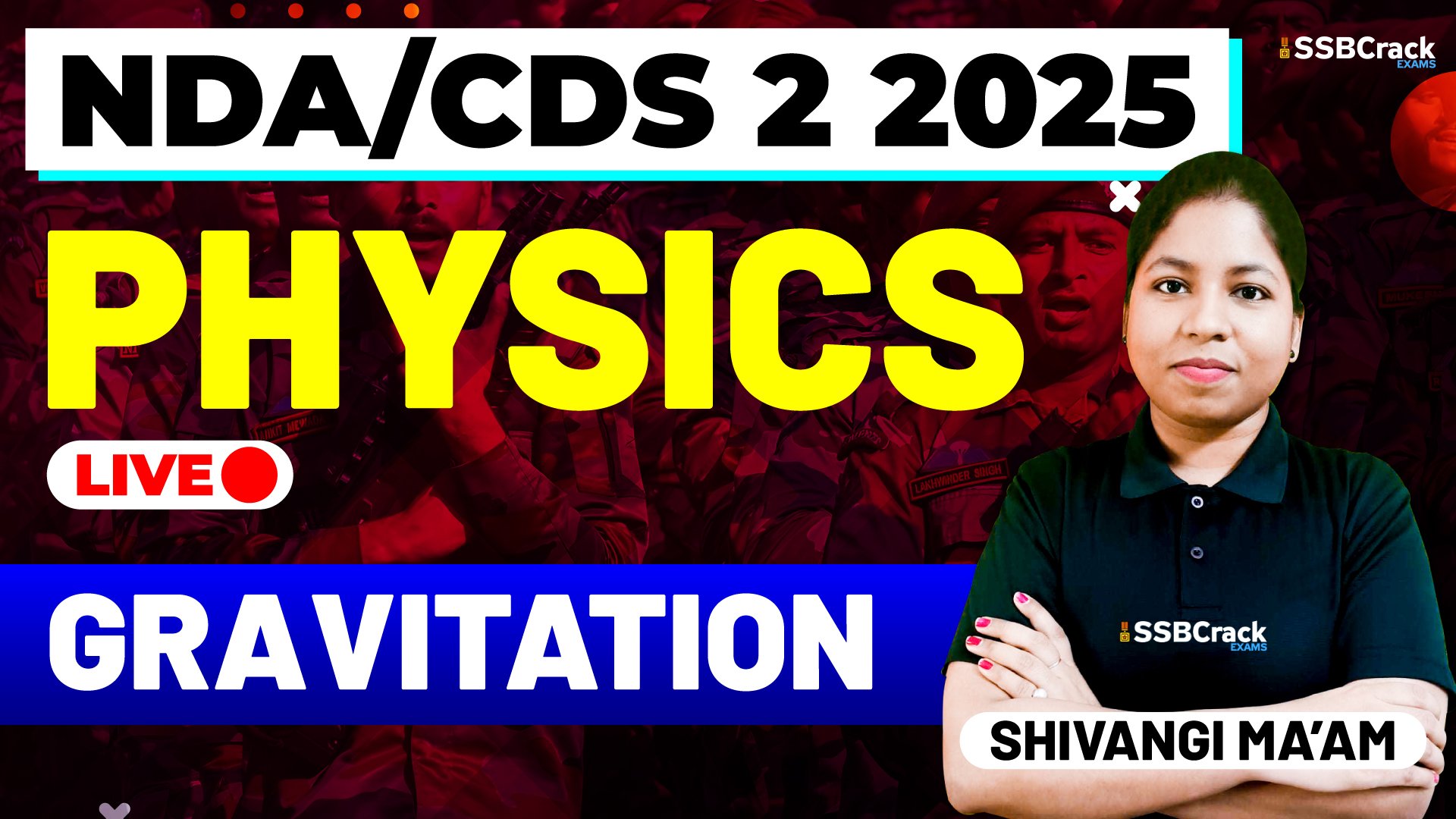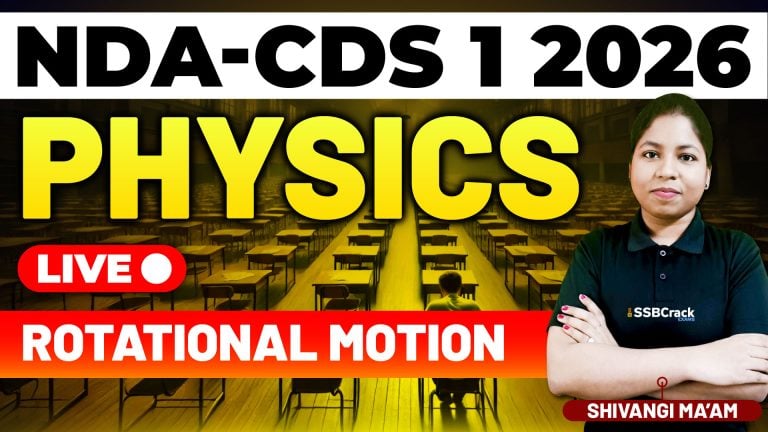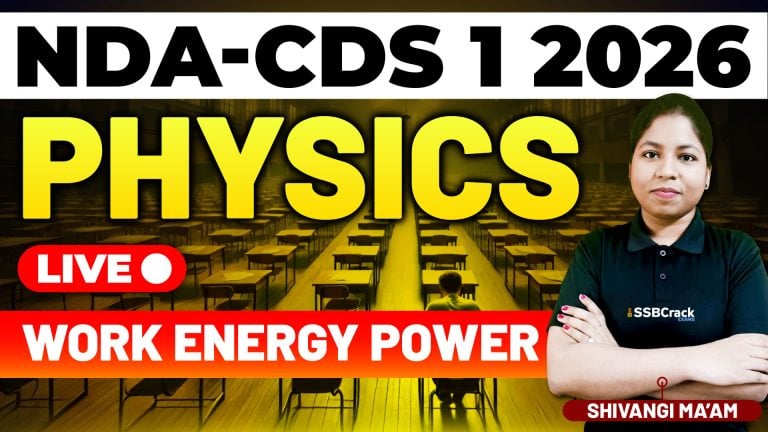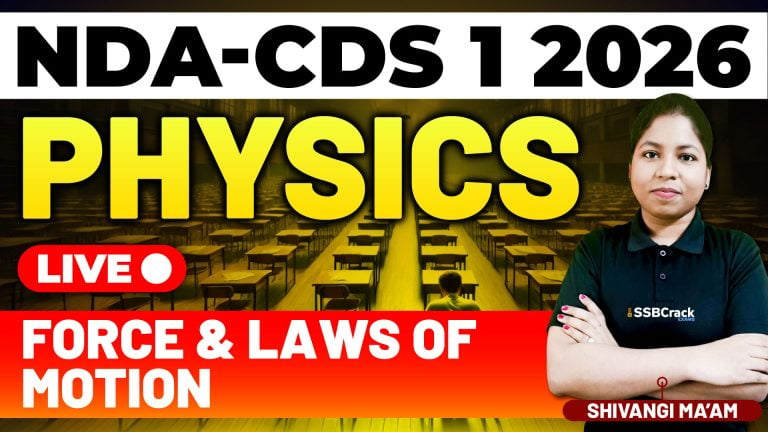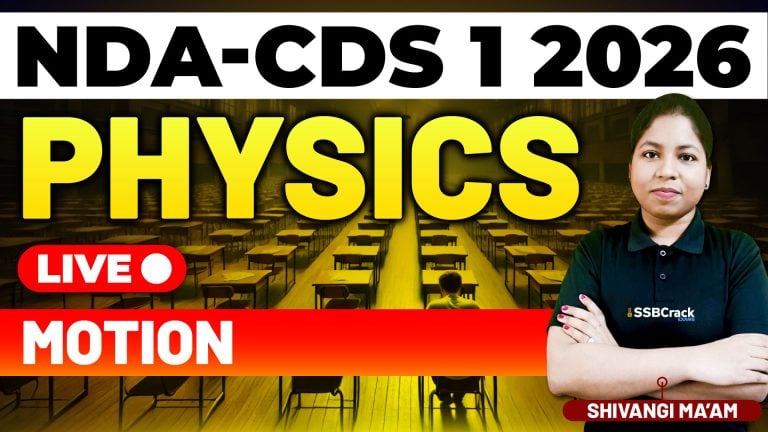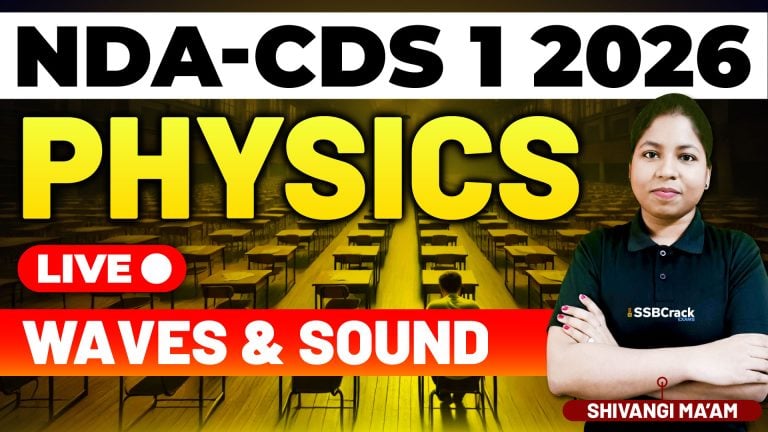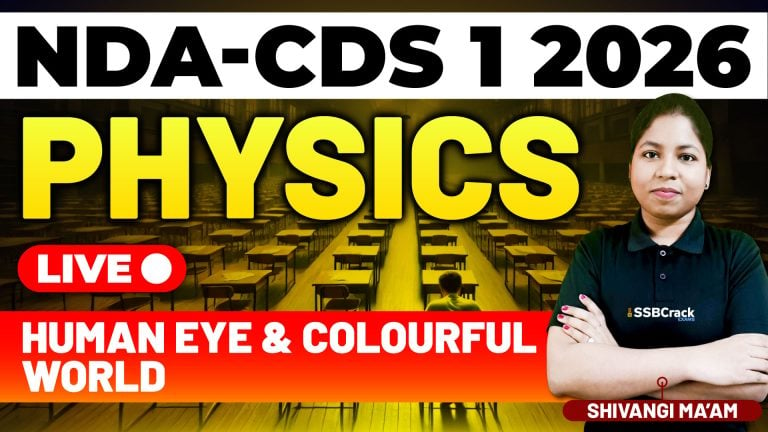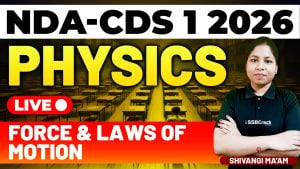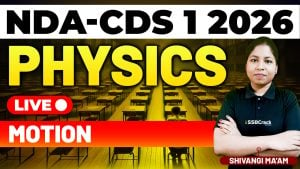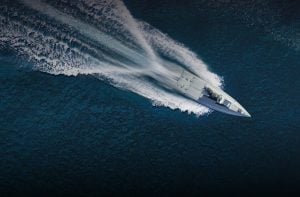Introduction
In today’s highly competitive NDA and CDS 2025 examinations, a strong command over fundamental Physics topics is essential. Among the most foundational chapters are Gravitation and Hydrostatics, which form the basis of several real-life phenomena and conceptual questions in the exam. In the class conducted today, we took a deep dive into these two important areas, focusing on the concepts of Gravitational Force, Gravitational Constant, Pressure, Thrust, and Buoyancy. These concepts are not just theoretical; they lay the groundwork for understanding satellite motion, fluid mechanics, and even aerospace applications.
Gravitation: The Universal Force
We began the session with the concept of Gravitational Force, the attractive force that exists between any two masses in the universe. Students were introduced to Newton’s Law of Universal Gravitation, which states: F=Gm1m2/r2
Here, F is the gravitational force, m1 and m2 are the masses, r is the distance between their centers, and G is the Gravitational Constant.
We discussed how this law explains the motion of planets, the fall of objects on Earth, and the binding force in celestial systems. The importance of the Gravitational Constant (G = 6.674 × 10⁻¹¹ Nm²/kg²) was emphasized, including its units and its significance in measuring gravitational interactions at large scales.
Hydrostatics: The Physics of Fluids at Rest
Shifting to Hydrostatics, we explored how fluids exert pressure and how this pressure leads to phenomena like thrust and buoyancy.
- Pressure: Defined as force per unit area, we analyzed how pressure increases with depth in a fluid and how it acts in all directions.
- Thrust: The total force exerted by a fluid on a surface was explained through diagrams and examples, particularly focusing on vertical surfaces and containers.
- Buoyancy: Perhaps the most intriguing part of the session, we introduced Archimedes’ Principle — an object submerged in a fluid experiences an upward force equal to the weight of the fluid displaced. Through practical examples like floating ships and submerged blocks, students gained insight into density, relative density, and apparent weight.
We also tackled several objective questions and real-world illustrations to solidify these concepts for NDA/CDS-style problems.
Conclusion
Today’s class provided a comprehensive understanding of the laws governing objects in motion due to gravity and fluids at rest. By mastering topics like Gravitational Force, Gravitational Constant, Pressure, Thrust, and Buoyancy, students not only prepare themselves for high-scoring questions in the Physics section but also build a foundation for logical reasoning and scientific thinking. As we continue our journey toward NDA and CDS 2025, staying conceptually strong in these basics is the key to success.
